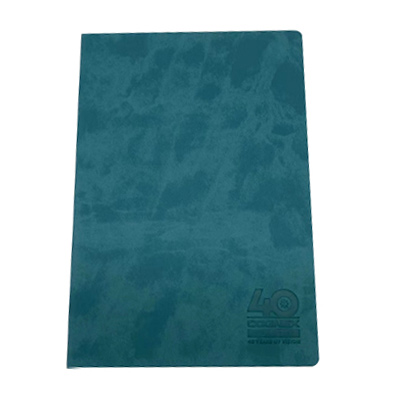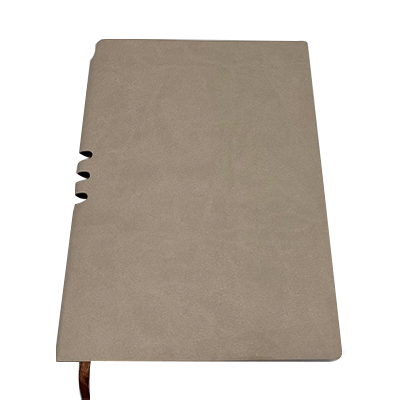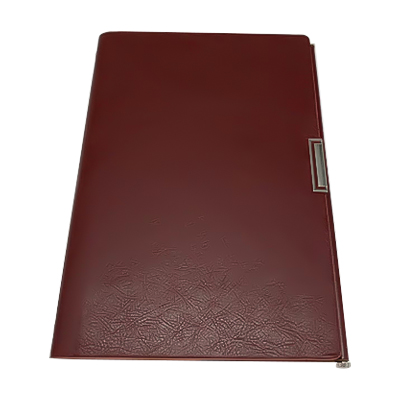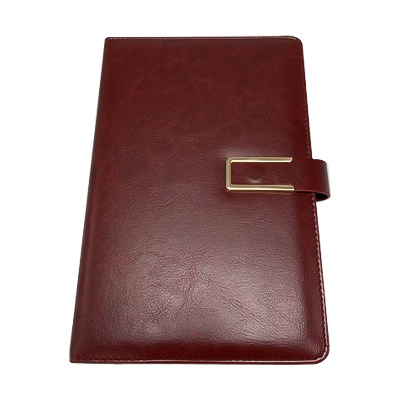Cats possess an instinctive urge to scratch, a behavior deeply ingrained in their nature that serves multiple crucial purposes. It's not merely a random act; rather, scratching is essential for their claw health, a means of marking territory, and a way to stimulate both their physical and mental well-being. In the world of cat accessories, cardboard scratching pads have emerged as a favored option among pet owners.
Scratching is intricately linked to the health of a cat's claws. Cats' claws are made of keratin, similar to human nails, and they have an outer layer that needs to be shed periodically. When a cat scratches, it's actually helping to remove these old, worn layers of keratin. This shedding process reveals fresh, healthy claws underneath. Without proper scratching, the old layers can accumulate, leading to potential problems. Regular scratching on rough surfaces serves as a natural way for cats to trim and shape their claws. It files down the sharp tips, preventing them from growing too long and causing discomfort, such as when a nail becomes ingrown. Scratching also engages various muscles in a cat's paws, legs, and back. As they stretch and extend while scratching, it promotes flexibility and overall physical health. In the wild, cats would scratch on the bark of trees, which provides the perfect rough texture for these activities. Cardboard scratching pads, with their corrugated texture, are designed to mimic this natural scratching surface, making them an appealing alternative for indoor cats.
The unique corrugated design of cardboard pads plays a crucial role in supporting effective claw shedding. The rough, layered surface of the cardboard is carefully crafted to offer just the right amount of resistance. When a cat rakes its claws across the corrugated cardboard, the grooves and ridges catch and pull at the dead keratin sheaths. This gentle yet effective abrasion encourages the natural shedding process. Unlike smoother surfaces like carpet or fabric, cardboard provides enough friction to remove the dead tissue without causing any harm to the sensitive quick, which is the live tissue inside the claw. This is a delicate balance that cardboard achieves well, ensuring that cats can scratch safely and effectively. Many cats have a preference for scratching vertically or at an angle. Cardboard scratching pads that are designed vertically or at an incline allow cats to fully stretch their bodies and scratch in the way that feels most natural to them. This optimal scratching motion maximizes the efficiency of claw shedding, helping cats keep their claws in top condition.
Using cardboard scratching pads regularly can also significantly reduce the risk of various claw-related issues. Cats that don't have a proper outlet for scratching are at a higher risk of developing overgrown claws. When claws grow too long, they can curve into the paw pad, causing severe pain and potentially leading to infections. By providing a cardboard scratching pad, pet owners give their cats a designated place to file down their claws, preventing this painful condition. Dead, un-shed claw layers are more prone to splitting or cracking. Regular scratching on cardboard helps to maintain smooth, healthy claws by removing these old layers, reducing the likelihood of such problems. Another added benefit is that when cats have a suitable scratching spot like a cardboard pad, they're less likely to turn their attention to furniture, such as couches or rugs. These household items not only offer little to no benefit for claw care but can actually dull a cat's nails instead of promoting healthy shedding.
The advantages of cardboard scratching pads extend beyond just claw maintenance. They also play a vital role in a cat's mental and physical health. Scratching is a calming activity for cats. When they scratch, endorphins are released, which helps to reduce anxiety and stress. In the often confined environment of a home, a dedicated scratching pad gives cats a safe and satisfying outlet for any pent-up energy or frustration. It serves as a form of self-soothing, allowing them to relax and feel more at ease. Scratching is a way for cats to mark their territory. Cats have scent glands in their paws, and when they scratch, they're leaving behind a scent that signals to other cats, "this is my space." This territorial marking behavior promotes confidence in cats and can help reduce potential conflicts, especially in multi-cat households. From a physical health perspective, scratching provides valuable exercise. It engages the core and limb muscles, which is particularly important for indoor cats that may not have as many opportunities to be active as their outdoor counterparts. Regular use of a scratching pad helps indoor cats stay active and maintain a healthy weight.
To ensure that cats make the most of their cardboard scratching pads and maximize claw health, there are several key considerations for pet owners. First and foremost, choosing the right type of cardboard scratching pad is essential. Opt for pads made from thick, sturdy cardboard, such as those with double or triple corrugation. These pads are more durable and can withstand the force of a cat's scratching without collapsing or falling apart quickly. The shape and orientation of the pad also matter. Vertical scratchers or those with an inclined design are often more appealing to cats as they mimic the natural angles at which cats scratch in the wild. To attract hesitant cats, adding incentives can be very effective. Sprinkling catnip or silvervine on the pad can pique a cat's interest and encourage them to use it. Placing the pad near a cat's favorite resting spot is another smart strategy, as cats often feel the urge to scratch after waking up. The location of the pad within the home also plays a role. Position it in a high-traffic area, such as near a window or doorway, where the cat is likely to pass by frequently. This increases the chances that the cat will use the pad spontaneously. It's important to monitor the condition of the cardboard pad over time. Once the cardboard becomes frayed or compressed from repeated use, it's time to replace it with a fresh pad. A worn-out pad may no longer provide the optimal texture for effective scratching and claw maintenance.
While cardboard scratching pads offer numerous benefits for most cats, it's important to acknowledge that there are some limitations. Some cats, particularly larger or more powerful breeds like Maine Coons, may prefer denser materials for scratching. They might find that sisal rope or wood offer more resistance, which they enjoy as they scratch. Individual cats have different preferences when it comes to textures. Some may enjoy a variety of surfaces, such as a combination of cardboard and carpet. Offering multiple options can help pet owners determine what their cat likes best. However, despite these potential limitations, cardboard remains a highly versatile, affordable, and eco-friendly choice for promoting healthy scratching habits in cats.

 English
English Deutsch
Deutsch Français
Français Español
Español русский
русский عربى
عربى





